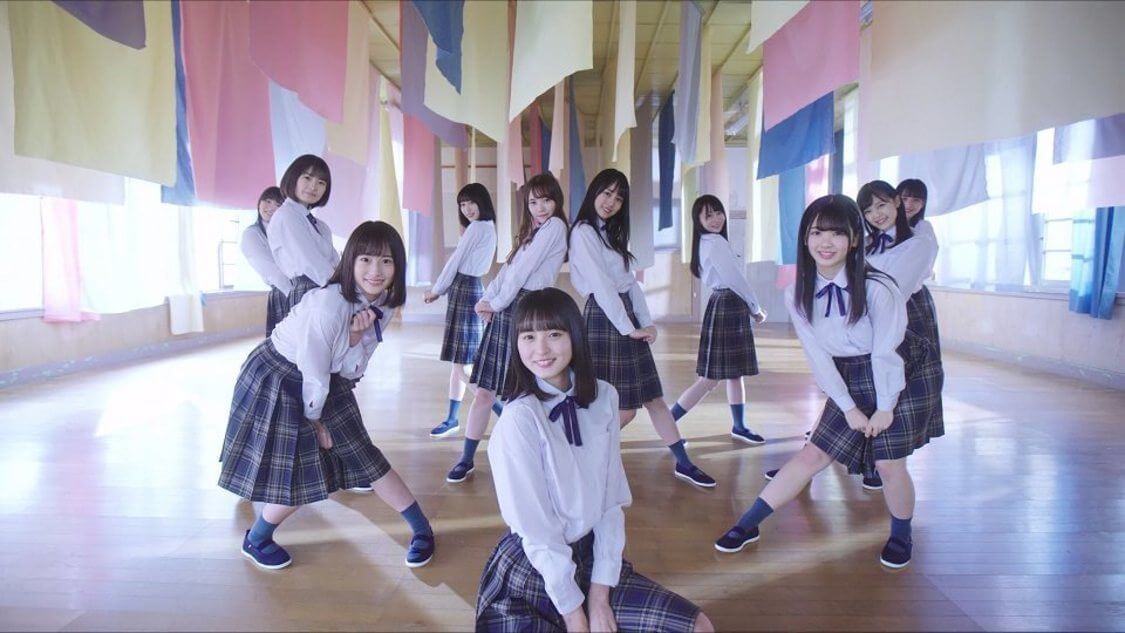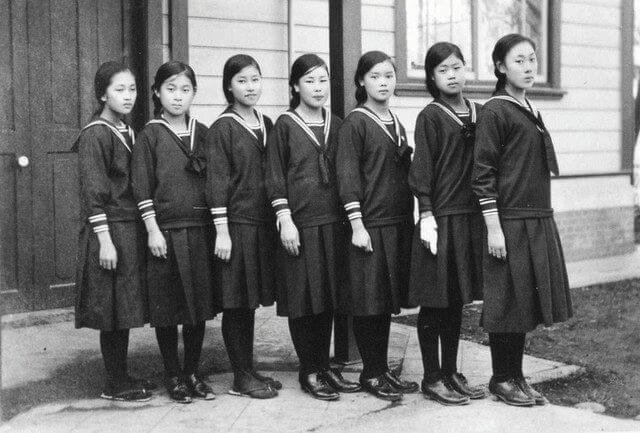Groups
Sakamichi Series: Nogizaka46 Sakurazaka46 Hinatazaka46
WACK Groups: BiSH
Japanese Idols News and Knowledge Base
Japanese Idols News and Knowledge Base

Japan’s idol industry and the image of the Japanese schoolgirl are two of the most recognizable aspects of the country’s popular culture. Although these phenomena are distinct, they have become deeply intertwined, with the image of the schoolgirl serving as a key element of the marketing and presentation of many idol groups. In this article, we will explore the deep ties between Japanese idol groups and the iconic schoolgirl image, examining the history, impact, and controversies surrounding this association.
The image of the Japanese schoolgirl has a long and storied history, dating back to the mid-20th century. The schoolgirl is typically portrayed as a symbol of innocence and purity, with her uniform serving as a badge of honor for her academic achievements. This image was popularized in various media, including literature, films, and manga, and has since become a pervasive element of Japan’s cultural identity.

The idol industry emerged in Japan in the 1970s, with the formation of the group Candies. This group, which was composed of three teenage girls, quickly became a sensation in Japan, paving the way for the idol industry as we know it today. Idols are typically marketed as wholesome, attractive performers who embody traditional Japanese values such as diligence and respect. They are often positioned as role models for young people, particularly teenage girls.
The connection between the schoolgirl image and the idol industry is multifaceted. On one hand, the image of the schoolgirl has been incorporated into the marketing and presentation of idol groups. Many idol groups wear school uniforms as part of their stage costumes, while some groups are even marketed as “schoolgirl idols.” This association with the schoolgirl image serves to reinforce the wholesome and innocent image that idols are meant to embody.
At the same time, the idol industry has also had a significant impact on the schoolgirl image itself. Many young girls in Japan now aspire to become idols, with the hope of achieving fame, fortune, and adoration from fans. This has led to the emergence of a subculture of young girls who dress and behave like idols, often adopting elements of the schoolgirl image in their style and presentation.
Despite the deep ties between the schoolgirl image and the idol industry, there has also been significant criticism of this association. Some critics argue that the idol industry exploits and sexualizes young girls, perpetuating harmful gender stereotypes and encouraging a narrow definition of femininity. Others argue that the schoolgirl image is a reductive and objectifying representation of young women, which reinforces harmful power dynamics and unrealistic beauty standards.
The association between Japanese idol groups and the iconic schoolgirl image is a complex and multifaceted phenomenon, shaped by historical, cultural, and commercial factors. While there are valid criticisms of this association, it is also clear that the schoolgirl image has become a potent symbol of Japan’s popular culture, with many young people aspiring to embody the values and aesthetics associated with this image. As the idol industry continues to evolve and adapt to changing societal attitudes, it will be interesting to see how this relationship develops in the years to come.